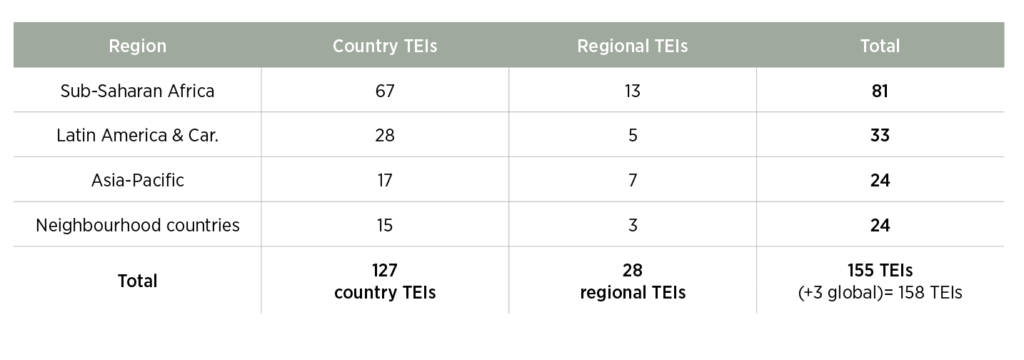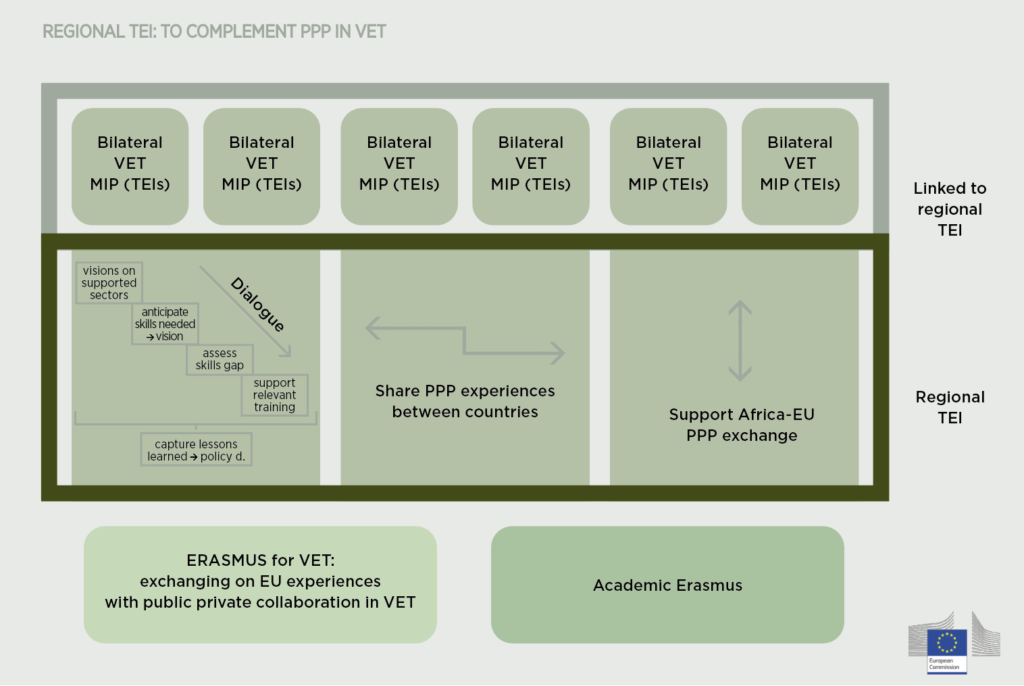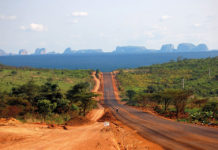As requested by some of the readers, here is a focus on Team Europe. Team Europe consists of the EU institutions, including the European Investment Bank (EIB), Member States and their implementing organisations and development financing institutions and the European Bank for Reconstruction and Development (EBRD).
Team Europe was initially put in place to ensure a co-ordinated and comprehensive response between the EU and its Member States to the COVID-19 pandemic and its consequences.
The new approach has quickly become the backbone of Global Europe (the main financial tool for EU international cooperation from 2021 to 2027) and its programming. It notably includes the conception of Team Europe Initiatives, which are the flagships of the Team Europe approach.
TEAM EUROPE INITIATIVES – TEIs:
- are the flagships of the Team Europe approach, guided by the political and policy priorities of the EU;
- focus on identifying a critical priority (bottleneck) that currently constrains development at country level, where a coordinated and coherent effort by Team Europe would ensure results with a transformative impact;
- draw on the best mix of funding/support modalities, tools and partners and the wealth of the collective experience, expertise and resources.
158 Team Europe Initiatives of which:
- 137 TEIs in INTPA countries and regions
- 18 TEIs in NEAR countries and regions (Ukraine on hold)
- 3 thematic-global TEIs: TE Democracy, Global Green Bond Initiative, Global Supply Chains

GLOBAL TEI: SUSTAINABILITY IN SUPPLY CHAINS
- EU due diligence legislation creates a clear case for cooperation among Member States and EU, initiative by Germany
- Main goal: coordinating accompanying support
- Who? 8 EU MS + Commission + EDFI
- What? The TEI would provide assistance to support supply chain actors in developing countries with a particular focus on MSMEs in the lower-tiers of global supply chains.
- What? Function as a European clearinghouse for information, tools and guidance to help EU companies engage with suppliers in developing countries.

FLAGSHIP: STRATEGIC PARTNERSHIPS ON SUSTAINABLE RAW MATERIALS VALUE CHAINS
Sustainable raw materials value chains are value chains that are global; produce value locally in Africa; link upstream and downstream actors; involve both EU and African actors and are respectful of social environmental and governance standards.
Areas of cooperation:
- Integration of (critical) raw materials value chains
- Cooperation on research and innovation
- Alignment on ESG Criteria and international standards
- Infrastructure development (EFSD+, Global Gateway)
- Capacity Building, training and skills along raw materials value chain
Countries involved: Namibia, South Africa, Senegal, Democratic Republic of Congo (DRC), Rwanda, Uganda
The modalities of collaboration with the private sector are not covered here as already done in previous article (cfr. EC agenda for the private sector).
Source: European Commission

Manon Kizizié
Head of Financial Division
![[:en]shutterstock_378626257[:]](https://perspectives-cblacp.eu/wp-content/uploads/2020/10/shutterstock_378626257-696x464.jpg)


